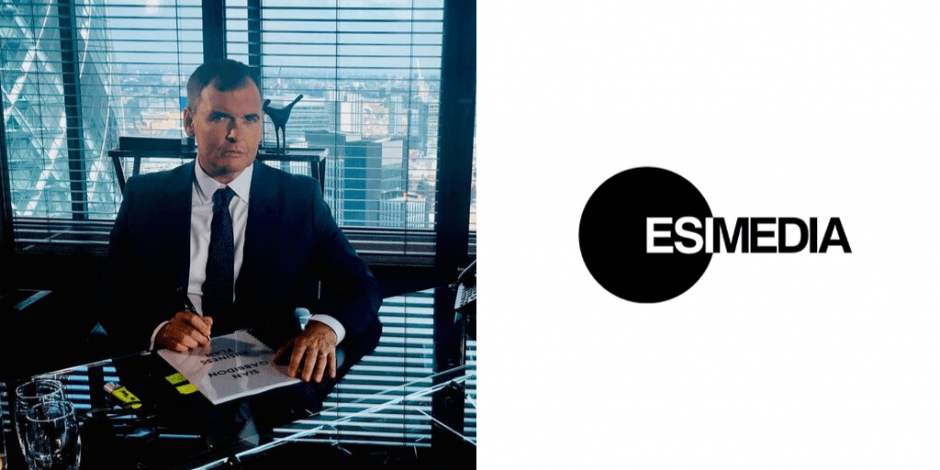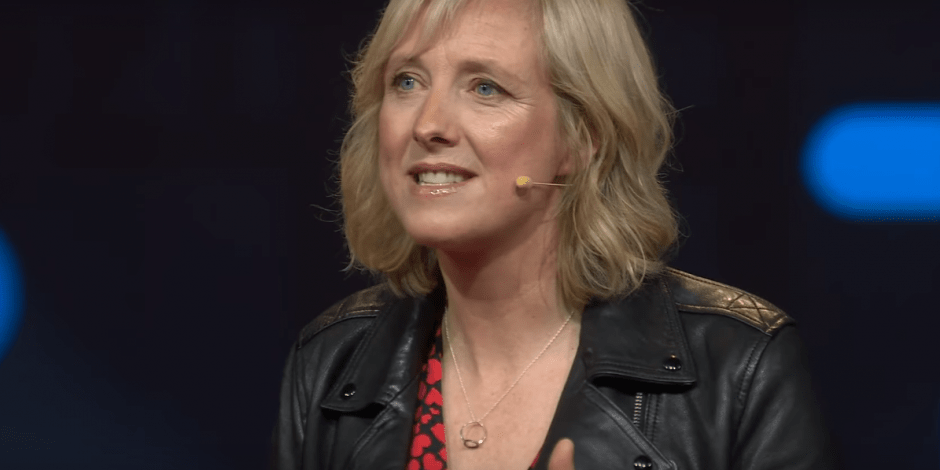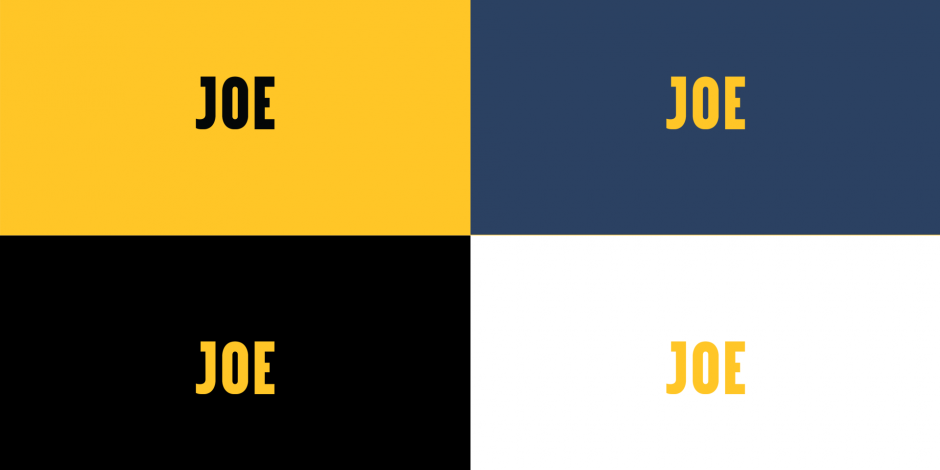By Ryan Reddick
A few years ago I was working on the Coffee vs Gangs content series. After a successful launch, which saw Kenco help young Hondurans out of gangs by training them as coffee farmers, l found myself in an all agency meeting. After some initial self-congratulatory backslapping, discussion of the ‘raw authenticity’ led to a new addition to the group confidently chiming in.
‘I loved the first series and was wondering if it might be possible to see some of the kids from the gangs drinking Kenco’.
Awkward pause.
We’ll come back to that.
Fast-forward a few years to The Drum Content Awards, of which I recently had the pleasure of sitting on the judging panel. To kick off the day all the judges took part in an ice breaker, where we were asked to share our thoughts on ‘authenticity’ in content.
A question like this is catnip for content professionals. And the 25 of us, all released from our respective agencies formed a warm cosy echo chamber. One which made us feel reassured that we are all saying the same things to our clients and none of us are doing it wrong.
I listened. But I contributed nothing. Because the only thought I had ringing around my head was ‘isn’t all this just bollocks?’ Which wouldn’t have gone down well at all.
That’s not to say that my fellow judges didn’t engage in an intelligent and considered discussion. But this wasn’t about them. It was about the concept of ‘authenticity’ itself.
Before I go on, I dare any current creative or content specialist to review their proposals, treatments and pitches delivered in the last three months and not cringe at overuse bordering on abuse of the word.
The truth is, it’s become a dog whistle we blow on in front of our colleagues and clients to try and sell ideas without thinking about it. But when you actually think about it, it means very little on the outside world.
When was the last time anyone saw a piece of content and said ‘I love it because of its authenticity’?
Never.
Because no one ever says that.
Alongside ‘disruptive’, ‘authentic’ has become a nonsense husk of a word that means nothing and everything to us in our comfy communications and marketing circles.
That’s not to say that Kaepernick or Patagonia Black Friday didn’t come from a truly brilliant place. In the same way that featuring a bunch of troubled kids from gangs drinking Kenco obviously comes from a hideous one. But let’s not over inflate the sentiment behind this too much. Or to bastardise the words of Scroobius Pip –
Nike. Just a brand
Patagonia. Just a brand
Kenco. Just a brand
When a consumer engages with any form of content made by a brand or business an unspoken contract is entered into. ‘I know you are trying to sell me something or make me like you so I eventually buy something. But I’m willing to let you do that in exchange for getting something back’.
And this is far more authentic than authenticity. Because authenticity may be dead, but the authentic value exchange is very much alive.
I am willing to engage with your marketing, communication or advertising in exchange for you entertaining me. Making me laugh. Teaching me something new. Helping me with utility that enables me to do my job better.
Authentic value exchange. Much better. Not hiding behind the fact that something is authentic just for the sake of it when we all know what’s going on. Consumers are not stupid.
And that’s what was great about judging The Drum Content Awards. To see so many examples of exceptional work that creates a compelling value exchange between brand and consumer.
Examples that used comedy in exchange for brand trust around online security (Santander), that answered fuel economy questions in exchange for consideration of an electric alternative (Nissan Leaf) and that showed future parents what having children really looks like to build market share of their baby wipe brand (WaterWipes).
And by the way, in case you were interested.
We never featured any gang member drinking Kenco.
Now that’s authentic.
Feature Image Credit: ‘Who actually loves authentic content?’ Brands need to understand their value exchange
By Ryan Reddick
Ryan Reddick, creative director, Edelman is a judge for The Drum Content Awards 2019. A full list of the finalists can be found here. The awards ceremony will take place in London on October 30 at The Marriot Grosvenor Square Hotel, tickets can be purchased now.











